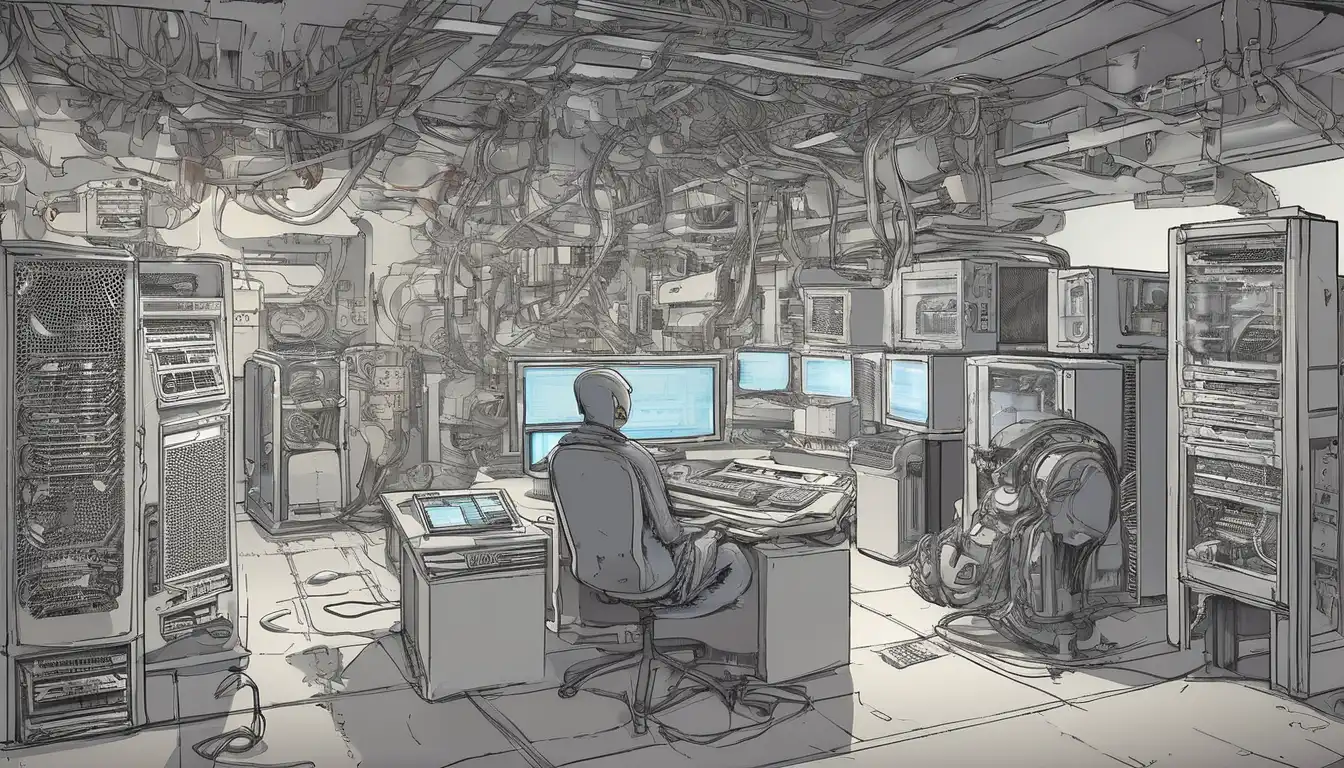Introduction to Computer Component Selection
Building your own computer can be an incredibly rewarding experience, but choosing the right components is crucial for optimal performance and value. Whether you're building a gaming rig, workstation, or everyday computer, understanding how each component works together will help you make informed decisions. This comprehensive guide will walk you through the essential factors to consider when selecting computer components.
Understanding Your Needs and Budget
Before diving into specific components, it's essential to define your primary use case and budget. Are you building a gaming PC, a content creation workstation, or an office computer? Each scenario has different requirements. For gaming, you'll prioritize graphics performance, while content creation demands powerful processors and ample RAM. Setting a realistic budget early on will help guide your component choices and prevent overspending.
Budget Allocation Strategies
When allocating your budget, consider these general guidelines:
- Gaming PCs: Allocate 40-50% to GPU, 20-25% to CPU, 10-15% to motherboard
- Workstations: Prioritize CPU (30-40%) and RAM (20-25%)
- General Use: Balanced allocation across all components
Processor (CPU) Selection
The CPU is the brain of your computer, handling all calculations and instructions. When choosing a processor, consider core count, clock speed, and compatibility with your motherboard socket. For gaming, higher clock speeds are generally more important than core count, while content creation benefits from more cores. Check out our CPU comparison guide for detailed performance analysis.
Intel vs AMD Considerations
Both Intel and AMD offer excellent processors across different price points. AMD typically provides better value in multi-threaded applications, while Intel often leads in single-threaded performance. Consider your specific workload and future upgrade path when choosing between these manufacturers.
Graphics Card (GPU) Selection
For gaming and graphics-intensive tasks, the GPU is arguably the most important component. Consider your target resolution and refresh rate when selecting a graphics card. Higher resolutions (1440p, 4K) require more powerful GPUs. Also factor in VRAM requirements, especially for high-resolution texture gaming and professional applications.
GPU Memory and Performance
Modern games and applications are increasingly demanding when it comes to VRAM. For 1080p gaming, 6-8GB is typically sufficient, while 1440p and 4K gaming benefit from 12GB or more. Professional applications like video editing and 3D rendering may require even more VRAM.
Motherboard Compatibility and Features
The motherboard serves as the foundation for your entire system, connecting all components together. Ensure compatibility with your chosen CPU socket, RAM type, and case form factor. Consider future expansion needs, such as additional PCIe slots, M.2 connectors, and USB ports. Our motherboard compatibility guide can help you make the right choice.
Chipset Considerations
Different chipsets offer varying features and capabilities. Higher-end chipsets typically provide better power delivery, more connectivity options, and support for overclocking. Choose a chipset that matches your needs without paying for features you won't use.
Memory (RAM) Requirements
RAM acts as your system's short-term memory, storing data for quick access by the CPU. For most users, 16GB is the sweet spot, while gamers and content creators may benefit from 32GB or more. Pay attention to speed (MHz) and timings, as these can impact performance, especially with AMD processors.
Dual Channel Configuration
Always install RAM in matching pairs to take advantage of dual-channel architecture, which can significantly improve performance. Check your motherboard manual for optimal RAM slot configuration.
Storage Solutions
Modern systems benefit from a combination of SSD and HDD storage. Use an NVMe SSD for your operating system and frequently used applications for fast boot times and loading speeds. Consider a larger HDD or SATA SSD for mass storage of files and games.
SSD vs HDD Balance
A good strategy is to allocate your budget for a quality 500GB-1TB NVMe SSD for your primary drive, supplemented by a larger 2TB+ HDD or SATA SSD for additional storage. This provides the best balance of speed and capacity.
Power Supply Unit (PSU) Selection
The PSU is often overlooked but is critical for system stability and longevity. Choose a PSU from a reputable brand with sufficient wattage for your components, plus some headroom for future upgrades. Look for 80 Plus certification for efficiency and consider modular designs for better cable management.
Wattage Calculation
Use online PSU calculators to estimate your power requirements, then add 100-200W for headroom. A quality 650W-750W PSU is sufficient for most mid-range builds, while high-end systems may require 850W or more.
Case Selection and Cooling
Your case choice affects both aesthetics and functionality. Consider airflow, cable management options, and compatibility with your components. Ensure adequate cooling with a combination of case fans and, if needed, aftermarket CPU coolers. Proper cooling is essential for maintaining performance and component longevity.
Airflow Optimization
Look for cases with mesh front panels and support for multiple fans. A positive pressure setup (more intake than exhaust fans) helps reduce dust accumulation. For high-performance systems, consider liquid cooling solutions.
Putting It All Together
Once you've selected all components, double-check compatibility using tools like PCPartPicker. Consider future upgrade paths and ensure your power supply can handle potential additions. Remember that building a PC is about balance – no single component should bottleneck the others.
Final Compatibility Checklist
- CPU and motherboard socket compatibility
- RAM compatibility with motherboard
- GPU length and case clearance
- PSU wattage and connector requirements
- Cooler height and case clearance
Conclusion
Choosing the right computer components requires careful consideration of your needs, budget, and future plans. By understanding how each component contributes to overall system performance, you can build a balanced, efficient computer that meets your requirements. Remember to research thoroughly, read reviews, and consider long-term upgrade paths. For more detailed information on specific components, check out our latest component reviews and buying guides.
Building your own PC is not just about saving money – it's about creating a system tailored to your exact needs. With the right components and careful planning, you can build a computer that will serve you well for years to come. Happy building!
